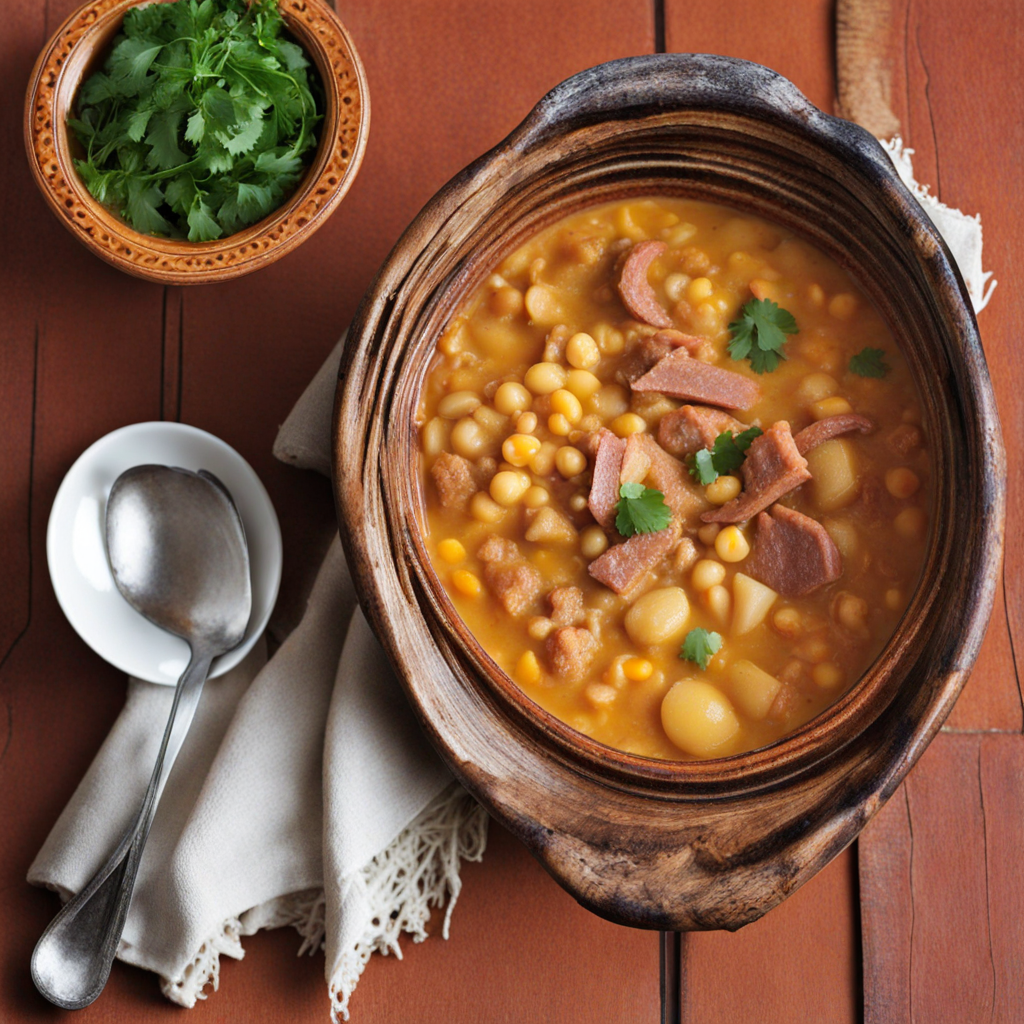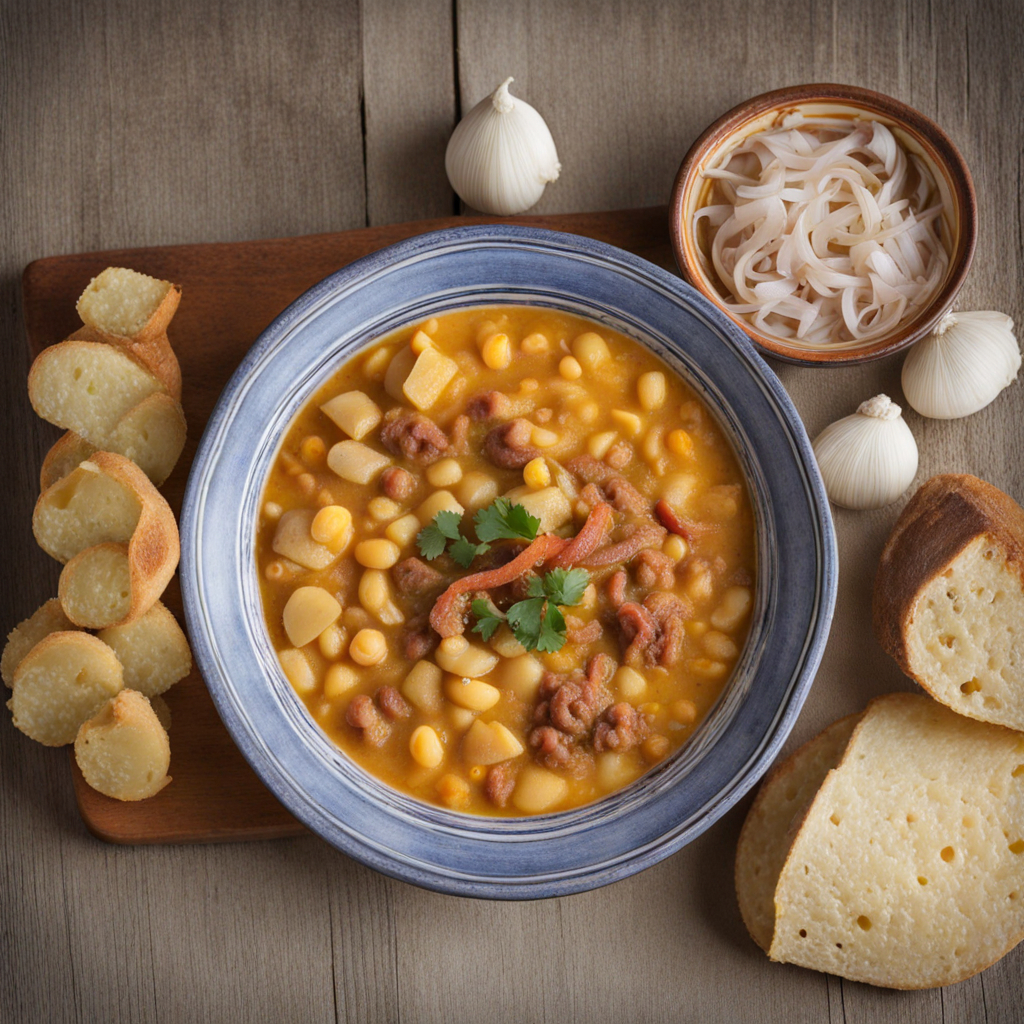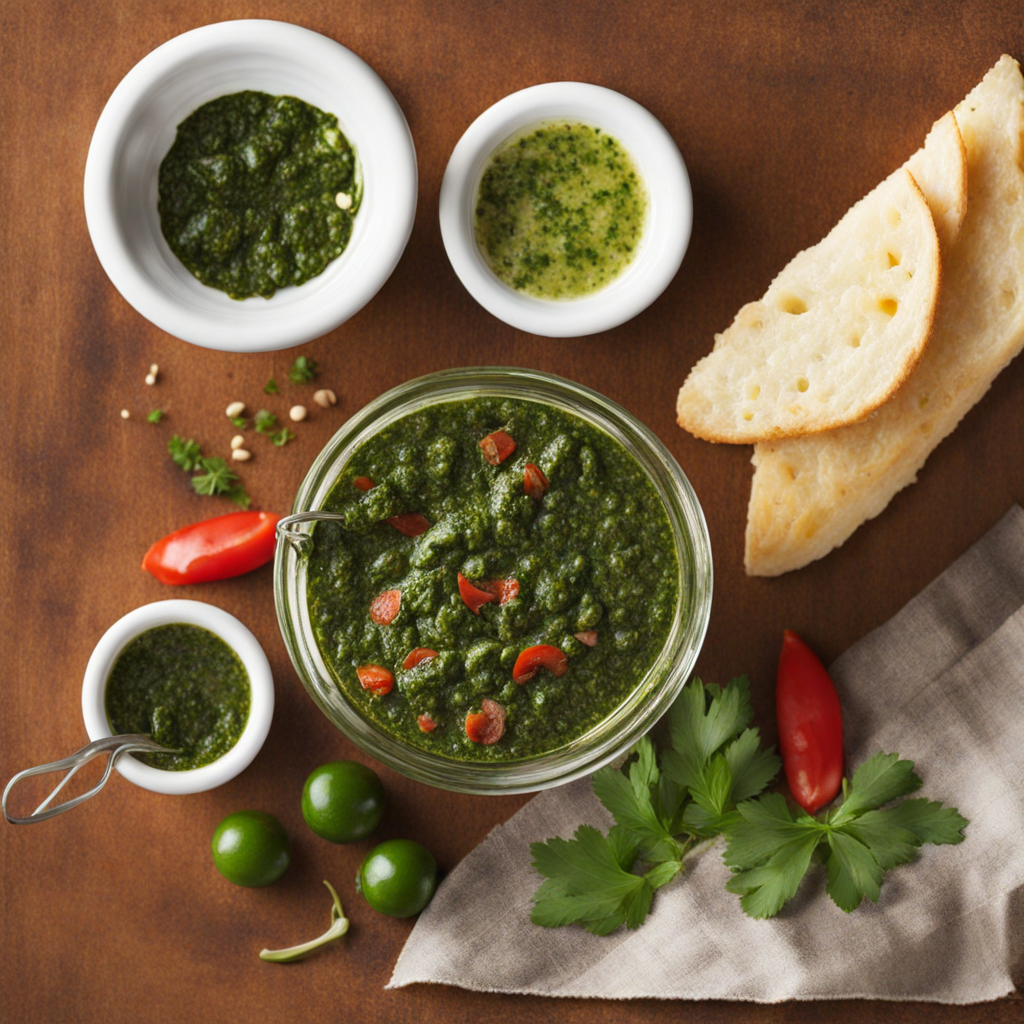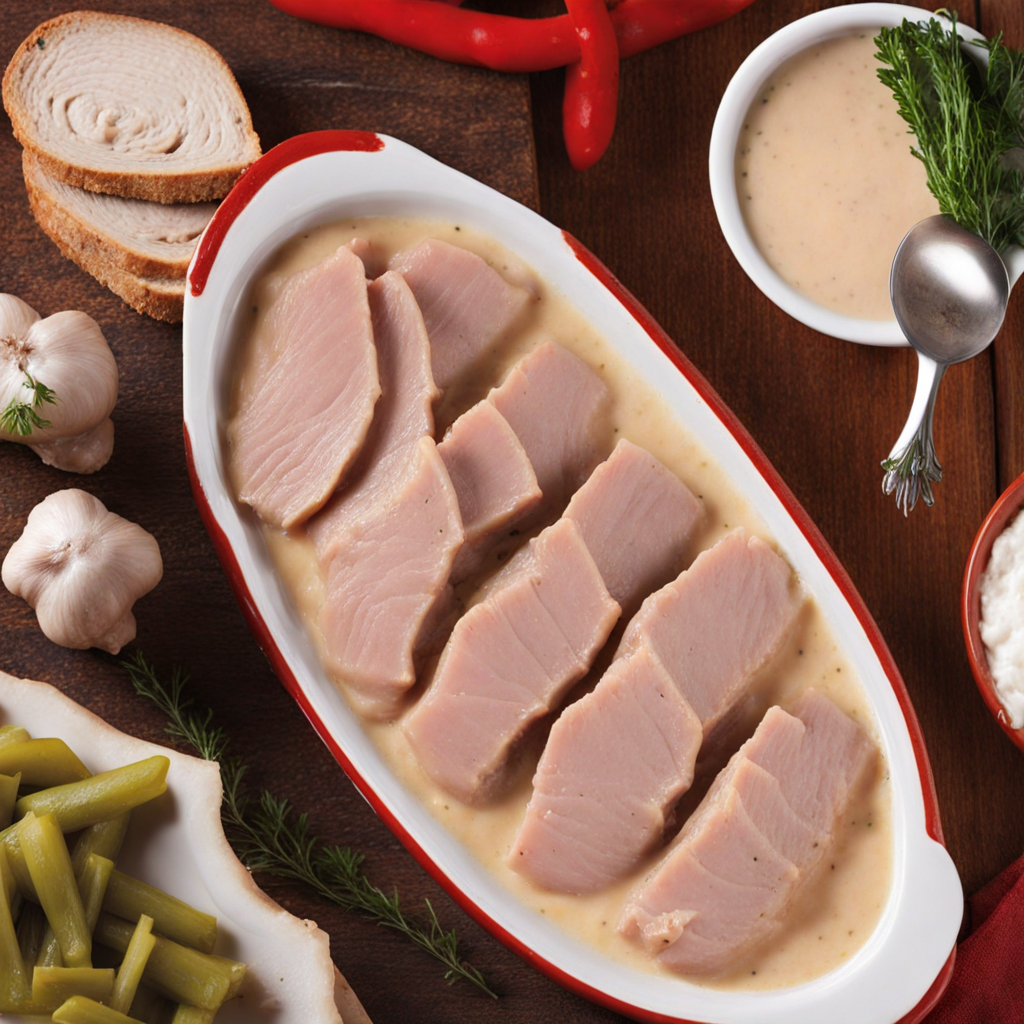Locro
Locro is a traditional Argentine stew that holds a significant place in the nation's culinary landscape, particularly in the context of national celebrations such as the 9th of July, Argentina's Independence Day. This hearty dish has its origins in the indigenous cultures of the Andes and has evolved over centuries, integrating various influences from Spanish colonization and the diverse immigrant communities that have shaped Argentine society. As a result, Locro embodies a rich tapestry of flavors and cultural narratives, making it not just a dish, but a symbol of national pride. At its core, Locro is a thick, filling stew made primarily from corn, beans, and a variety of meats. The flavor profile is robust and comforting, characterized by the earthiness of the legumes, the sweetness of the corn, and the savory depth of the meats. The dish often features cuts such as beef, pork, and chorizo, which contribute to its hearty nature. The combination of spices, including cumin and paprika, enhances the overall flavor, adding a warm and slightly smoky note to the stew. The result is a dish that is both nourishing and satisfying, perfect for communal gatherings. Preparing Locro is a labor of love that requires time and attention. Traditionally, it is made in large quantities, as it is often enjoyed in a communal setting. The preparation begins with soaking the dried beans overnight to ensure they cook evenly. The corn, typically hominy or dried corn kernels, is also soaked and then cooked until tender. In a large pot
How It Became This Dish
Origins of Locro Locro, a traditional dish from Argentina, has roots that trace back to the indigenous peoples of the Andes region. Its name is derived from the Quechua word "luqru," which refers to a thick stew or soup. The dish is a reflection of the agricultural practices and natural resources available to these early inhabitants, who relied heavily on corn, beans, and potatoes. These staple ingredients formed the basis of many indigenous diets and were often combined with various meats, such as llama or other local game, to create hearty meals suitable for their high-altitude environment. As Spanish colonization began in the 16th century, the culinary landscape of South America underwent significant transformations. The colonizers introduced new ingredients, including pork, beef, and spices that were not previously available to the indigenous populations. This melding of cultures and flavors marked a pivotal moment in the evolution of locro, as it began to incorporate these new elements while retaining its indigenous roots. Cultural Significance Locro is more than just a dish; it is a symbol of national identity and cultural heritage in Argentina. It holds a special place in Argentine traditions, particularly in relation to national holidays such as May 25th, which commemorates the May Revolution and the beginnings of the country’s independence movement. On this day, families and communities gather to prepare and enjoy locro as a way to celebrate their shared history and cultural pride. The preparation of locro is often a communal activity, emphasizing the importance of togetherness and family bonds. It is typically made in large quantities, allowing for the gathering of friends and family around a shared meal. The act of cooking locro is steeped in ritual; each region in Argentina has its own variations and recipes, often passed down through generations. This regional diversity reflects the unique cultural influences and agricultural practices found throughout the country, as locro can vary in flavor and texture depending on local ingredients. Ingredients and Preparation Traditionally, locro is made with a base of corn, which is often soaked and then ground into a fine paste. This is combined with a variety of other ingredients, including beans, potatoes, and different types of meat, such as beef, pork, and sometimes chicken. The dish is usually seasoned with spices like paprika and cumin, enhancing its rich flavors. Some recipes also include vegetables like squash or carrots, contributing to its heartiness. The cooking process itself is labor-intensive; it often requires hours of slow simmering to develop the flavors fully. In many households, it is common to prepare locro in large pots over an open fire, a practice that harkens back to its indigenous origins. The communal aspect of cooking locro is integral to its preparation, as multiple generations often come together to contribute to the meal, sharing stories and laughter in the process. Regional Variations As locro spread across Argentina, different regions began to adopt their own interpretations of the dish, reflecting local tastes and available ingredients. For instance, in the northern provinces, locro might be prepared with more beans and less meat, while in the southern regions, the dish could be richer, incorporating various cuts of meat and even game. Additionally, in urban areas like Buenos Aires, you might find locro being served in restaurants that elevate it to gourmet status, showcasing the dish's adaptability and enduring popularity. In the province of Tucumán, locro is often served with a side of "empanadas," another traditional Argentine dish, creating a rich culinary experience. In contrast, the coastal regions may include ingredients like fish, showcasing the versatility of locro as it adapts to different environments and cultural influences. Each variant tells a story of local resources and traditions, making locro a true representation of Argentine culinary diversity. Modern Adaptations In recent years, locro has seen a revival as chefs and home cooks alike seek to honor traditional recipes while experimenting with new ingredients and techniques. Modern interpretations may include the addition of contemporary flavors or the use of organic and locally sourced ingredients, catering to the growing trend of sustainable cooking. Some chefs have even incorporated international influences, creating fusion versions that pay homage to the dish's heritage while appealing to a broader audience. Despite these modern twists, the essence of locro remains the same: a hearty, comforting stew that brings people together. It continues to be a staple at celebrations, family gatherings, and even casual dinners, embodying the spirit of Argentine hospitality. The dish serves as a reminder of the country’s rich history and the blending of cultures that have shaped its culinary landscape over centuries. Conclusion Locro’s journey from indigenous roots to a symbol of national pride is a testament to Argentina’s diverse cultural heritage. As it evolves, locro remains a beloved dish that connects generations, reflects regional identities, and celebrates the flavors of the land. Its rich history and communal nature make it more than just food; it is a cultural artifact that tells the story of a nation and its people. Whether enjoyed at a festive gathering or a quiet family meal, locro continues to hold a cherished place in the hearts and stomachs of Argentinians.
You may like
Discover local flavors from Argentina







